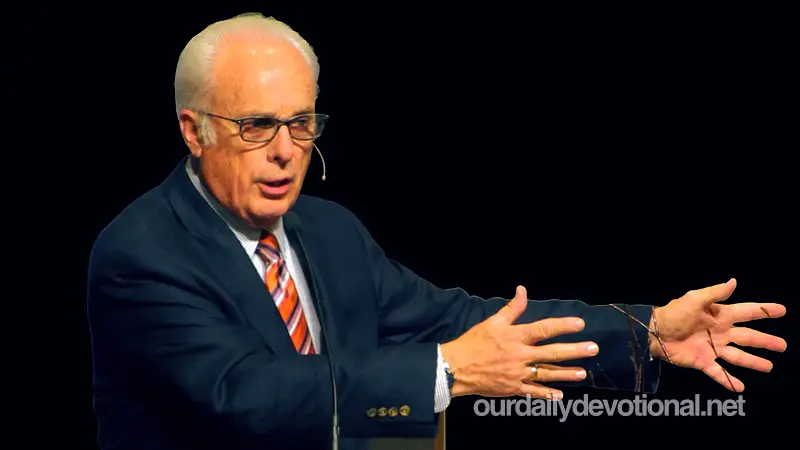A. According to biblical revelation, holiness is: (a) A fundamental quality of God and His Spirit; (b) an indispensable virtue of every true believer; and (c) an attribute of certain places, objects, days, dates, actions, etc.
B. The Hebrew term. "kadosh" means pure, physically, ritually, and especially morally and spiritually. Sometimes it should be translated "separated", set apart, consecrated (cf. Luke 2:23, citing Ex. 13:2). Certain authors present the concept of separation too exclusively, but it is true that purity consists of being separated from all contamination of all sin (cf. Lev. 19-22 where the order to be holy is repeated on several occasions).
When Isaiah heard the seraphim proclaim, “Holy, holy, holy, Jehovah of hosts,” Isaiah cried out, “Woe to me, for I am dead, for being a man of unclean lips, my eyes have seen the King.” ...» Then their iniquity was taken away and their sin atoned for (Is. 6:2-7). Here we have expressed the purification to be holy. According to 2 Chron. 29:15, the Levites sanctify themselves so that they can purify the house of Jehovah.
Being holy is the opposite of being defiled (Hag. 2:12, 13; cf. Lev. 11:43, 44). C. The NT uses the term "hagios" which also sometimes means separated, consecrated, set apart (Lk. 2:23), but more often "pure." To be holy is to be without “spot, wrinkle, or any such thing” (Eph. 5:26-27).
And in 2 Cor. 7:1 it reads: "Let us cleanse ourselves from all pollution of flesh and spirit, perfecting holiness in the fear of God." If at times the OT deals with questions of essentially ritual holiness, we have shadows that develop into teachings of deeply spiritual and moral principles of holiness.
In the ritual sanctity of the OT there are holy objects: places, dwellings, cities, vestments, but, in a very special way, the Tabernacle and the Temple with everything that served for worship. There were also holy convocations, a holy nation and people, etc. (Ex. 20:8; 30:31; 31:10; Lev. 21:7; 23:4; Num. 5:17).
D. Our holiness is closely related to God's. "You must therefore be holy to me, for I, the Lord, am holy, and I have separated you from the people to be mine" (Lev. 20:26). If this passage mentions separation, the entire chapter also talks about purity of conduct.
E. About the holiness of God, the Bible declares the following: The holiness of God is the absolute and fundamental quality of him. His absolute, immaculate purity manifests his dazzling, eternal glory. «Holy, holy, holy, Jehovah of hosts; The whole earth is full of his glory” (Is. 6:3; 57:15).
This holiness compels us to worship: “Exalt Jehovah our God, and bow down before his footstool; He is holy! (Ps. 99:5; 103:1). “Rejoice in the Lord, you righteous, and praise the memory of his holiness” (Ps. 97:12; cf. Ex. 15:11; Is. 12:6). God's holiness is manifested both in his justice and in his love.
His justice compels him to punish the sinner; but it is inseparable from his love, that he desires to save it. "I will not execute the fierceness of my anger, nor will I return to destroy... I am God... the Holy One..." (Hos. 11:9). Justice without love would not be holy; The ruthless justice of a court is not.
But a love without justice is not holy either; The love without severity of a weak mother is not. The ark of the covenant illustrates this very well: the mercy seat, the golden cover on which the sprinkling of atoning blood was made, symbolizes the grace and love of God; but beneath this mercy seat was preserved the scroll of the Law, which represented the justice of the forgiving God. Because God's objective in forgiving is the restoration of the moral order.
This is the essence of holiness, over which the two golden cherubs symbolically watched. There are numerous biblical passages that closely associate justice and the love of God, the notion of holiness always being understood, at least in the context.
The terms used are sometimes "faithfulness and kindness", "wrath and mercy", "punishment and grace". The Decalogue affirms that God punishes iniquity, but also that he shows mercy (Ex. 20:56). Ps. 78:38 can also be cited; Isaiah 54:58; 57:15-18; 60:9-10; Ps. 98:1-3.
The Lord reproaches the Pharisees for neglecting "justice and the love of God" (Lk. 11:42). Paul affirms that grace reigns through justice, and that “The fulfillment of the law is love” (Rom. 5:21; 11:22; 13:10). God's holiness, on which ours depends, is thus actually a combination of absolute justice or purity with infinite love.
This leads us to confirm that the supreme manifestation of God's holiness is the atoning death of His Son. The cross of Calvary is the sublime expression of the unity manifested between his severe justice and his redeeming love. Regarding the importance of the believer's holiness, it is necessary to remember that Christ will return "to be glorified in his holiness" (1 Thes. 1:10).
Meaning of HOLINESS, HOLY
A. According to biblical revelation, holiness is: (a) A fundamental quality of God and His Spirit; (b) an indispensable virtue of every true believer; and (c) an attribute of certain places, objects, days, dates, actions, etc.







